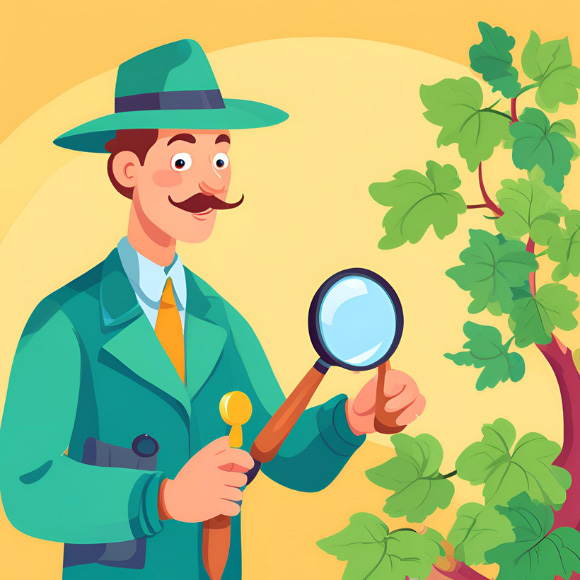Read by Michael Flamel

Hello green-thumbed comrades and fellow plant enthusiasts!
It’s your intrepid gardening reporter, Don Nicholas, back from a horticultural expedition that took me straight to the heart of English gardening wisdom—the Royal Horticultural Society in London! Armed with my trusty trowel and a zest for all things leafy, I delved into the latest dirt on what’s sprouting in the world of English gardening for the year 2024.
As both a fervent gardener and an unapologetic Anglophile who has traipsed through British meadows and far-flung former colonies like a gardening Sherlock Holmes, I was keen to unearth the secrets that the Royal Horticultural Society had harvested from their 600,000 members and over 100,000 gardening inquiries in the past year. And let me tell you, the revelations were as juicy as a ripe watermelon in a British Summer!
First on the menu of horticultural delights is the impact of climate change on gardening trends. Apparently, the ever-hotter UK Summers are now perfect for growing fruits that would make a grapevine blush. The Royal Horticultural Society spilled the beans (or should I say watermelon seeds?) on the success of hot-weather fruits like grapevines, figs, almonds, apricots, and peaches. It seems the Brits are turning their gardens into tropical paradises, thanks to climate breakdown. Move over Earl Grey, it’s time for some peach iced tea!
But it’s not all sunshine and rainbows—well, maybe too much rain. The unpredictable and extreme weather caused by climate breakdown is giving traditional UK-grown fruits a run for their money. Black currants, apples, and pears are huffing and puffing, desperately in need of the cold weather they once took for granted. Meanwhile, the patio fruit varieties, including dwarf raspberries, blackberries, and mulberries, are having a garden party of their own. It’s a fruity fiesta, and I’m here for it!
In a twist that would make Shakespeare proud, gardening for wildlife has taken center stage. The Brits have traded in their pest-hunting swords for a more welcoming attitude towards slugs and snails. Yes, you heard it right—they’ve stopped calling them pests! Bug hotels and water features are the new black, and the buzz about wildlife gardening increased by a whopping 28 percent in 2023. I guess even the bees are getting fancy accommodations now.
Now, let’s talk about the rebellious rise of weeds! Those once-shunned troublemakers like cow parsley, daisies, and dandelions are having their moment in the sun. Gardeners are celebrating these wild beauties for their contribution to native pollinators, turning their borders into a botanical rebellion. Move over manicured lawns; the wild side is where the party’s at!
And if you thought gardening was just about pretty flowers and quaint hedges, think again! The RHS is going full-on revolutionary with the rise of survivalist gardens. After last year’s vegetable supply chain hiccup, gardeners are taking matters into their own hands. Localism is the new buzzword, with garden gurus preaching the benefits of seed strains adapted to local climates. It’s like the victory garden movement, but with an English twist!
So, there you have it, my fellow cultivators of greenery—2024 is the year of hot-weather fruits, weed revolutions, and survivalist gardens. As I sip my tea (Earl Grey, of course) and dream of the English countryside, I can’t help but marvel at how the Brits are turning their gardens into a symphony of colors, flavors, and a touch of wild rebellion. Until next time, happy gardening, and may your blooms be as bold as a British garden in full swing! ❖


 Previous
Previous


